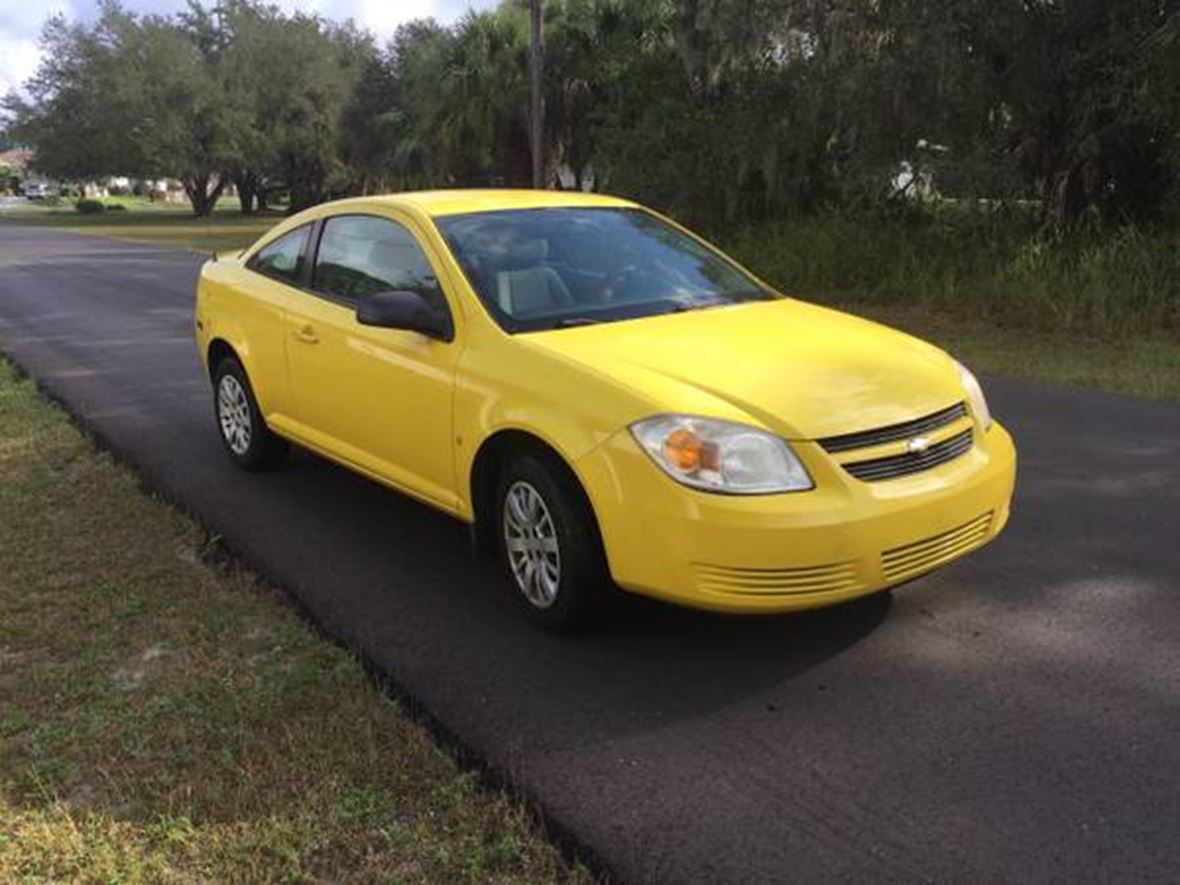

Now it’s time to address the ‘failure-prone V6’ that Thomas was talking about in the Lucerne piece. The intermediate 3.0-liter V6 was dropped after the first year, leaving just the base engine and the 3.6 available. Torque would jump from 172 to 259 lb.-ft. Power ranged from 182 horsepower in base form to 280 horsepower in the top-of-the-line CXS trim (renamed after 2011). The 2.4-liter Ecotec inline-four base engine arrived soon after. The second came later when Buick presented a fix to the premium V6 option.įor context, the second-generation LaCrosse debuted with two six-cylinder variants a 3.0-liter V6 (fine) and 3.6-liter V6 (supposedly less fine). The first of which was that cross-Pacific design showcased the future of Buick.

It continued to sell in solid numbers in subsequent years, but never to this level again. Numbers would dip slightly in 2011 before rebounding in 2012 with 62,304 sold. US popularity soared from 27,818 units sold in 2009 to 61,178 cars in 2010. It was a clean, contemporary take on midsize luxury to ensure buyers would cross-shop the Buick LaCrosse against the Lexus ES. That face served grace in a design era before turn signals on bumpers were a thing (looking at you, Hyundai). Sure, it didn’t have a bench seat like your grandpa’s Buick but when it looks like this, who cares? I haven’t seen a car make such a marked point of refinement from one generation to the next. In design alone, this car should receive the Most Improved award.

Minimal things like door handles and fog lamps were added, but the transition from turntable to showroom was nearly seamless. The major styling elements of the prototype carried over to the production car, resulting in a near-perfect copy job. There was a 10-month gap between the Invicta concept and the second-gen LaCrosse debuting at the North American International Auto Show in January 2009 as a 2010 model.

This meant per the New York Times, the second-gen LaCrosse was to be a “collaboration between designers in the United States and China, in partnership with the Pan Asia Technical Automotive Center.” In other words, it needed overseas appeal from the get-go. For Buick, this meant taking the first steps to fight back against the perception that only the elderly population drive them. But thanks to lasting popularity in China, the brand survived the axe faced by Hummer, Saab and Pontiac. If it wasn’t for demand in a certain east Asian country, it would’ve never survived the transition into the 2010s. See, Buick almost didn’t make it out of the Great Recession. The first LaCrosse had a rather short production cycle of a few years before we got a glimpse of what came next, partly because Buick had a very powerful asset. By 2007, that number was virtually cut in half. First-year sales of the LaCrosse peaked just shy of 100,000. Reviews of it weren’t groundbreaking, but reception was warm enough in the moment. In all, the LaCrosse was an early attempt to modernize an aging sedan lineup that hadn’t caught up with the world yet.
#2007 chevrolet cobalt 4 door series
It also carried over the tried-and-true 3800 Series V6 that throws back to archaic times. This time, it rode on the W-body chassis that supported the Century/Regal twins. Like the LeSabre, the LaCrosse would ride on a modified platform that dates back to several years. The Lucerne would ease the transition as the laid-back, bench-seated cruiser, but the Buick LaCrosse came first.


 0 kommentar(er)
0 kommentar(er)
